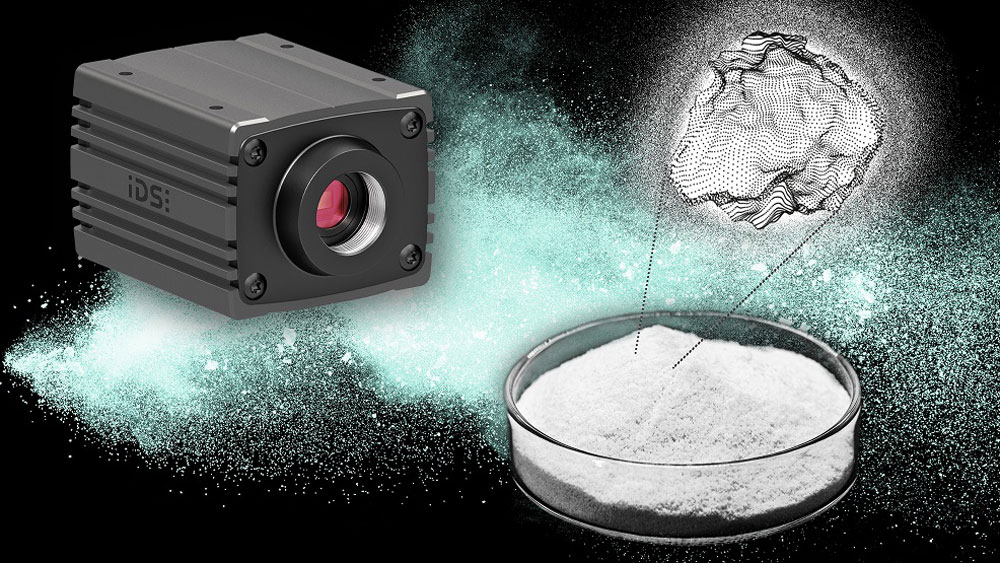IDS
Precise material analysis plays a central role in many industries, from the pharmaceutical and food industries to construction materials, biotechnology, and environmental sciences. Whether for quality assurance or for predicting material behavior, the precise characterization of particles is crucial.
|
ADVERTISEMENT |
Development laboratories, materials research institutes, and testing facilities are confronted with a variety of challenges: Particles can vary widely in form and origin—be it powder, liquid, tablet, sand, microplastic, or pigment. To analyze this diversity, laboratories must strike a balance between precision, efficiency, and practical requirements. Accuracy and reproducibility are particularly important, because even the smallest deviations in particle size distribution—often in the micro or nanometer range—can significantly affect material properties. At the same time, the high throughput in production environments requires rapid analysis of numerous samples without compromising on measurement quality.
…

Add new comment